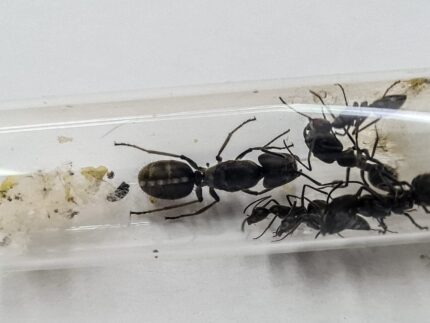
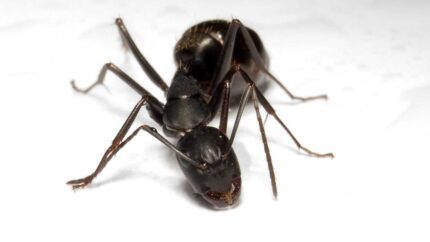
Camponotus irritans
159,90 zł – 309,90 zł
Worldwide shipping
Free delivery over 500 PLN
The highest quality of goods
Live delivery guarantee
24/7 Personal Support
Fair Prices
Description
The Camponotus irritans ant colony is monogynous and can have up to 5000 workers. They have a medium development rate. The queen ant size is 12-14mm, while the workers are 5-8mm and the majors are 7-11mm. The ants have a dark brown/black head, brown to yellowish chest, and brown to dark brown stomach. Their nutrition consists of food insects such as cockroaches and crickets, as well as syrup made from water and honey.
Additional information
| Behavior | |
|---|---|
| Difficulty in breeding | |
| Origin | |
| The size of ants | |
| Wintering |
Camponotus irritans: A Monogynous Ant Species with Impressive Color Variability
Colony Type: Monogyny
Colony Type: Monogyny
Colony Size: Up to 5000 workers
Development Speed: fast
Size
- Queen: 12-14 mm
- Workers: 5–8 mm
- Majors: 7-11 mm
Color: The head color of Camponotus irritans is typically dark brown or black, while their chest ranges from brown to yellowish. The stomach region is usually brown to dark brown in color.
Nutrition
- Food insects (such as cockroaches and crickets) dead, or live if colony is big
- Syrup (a mixture of water and honey or sugar, with a ratio of 4/3 water:1)
- Fruits and vegetables
- Jelly
- Cooked chicken without salt, shrimps
- Honey
Temperatura and Humidity
- Arena Humidity : 40-60%
- Nests Humidity : 50-70%
- Arena Temperature: 24-28 °C
- Nests Temperature: 20-24 °C
A Feature of the Species
Camponotus irritans is native to Asia and is known for its impressive color variability. The species exhibits a wide range of color variations, which is further emphasized by the presence of worker polymorphism.
Recommended Nests for Breeding
Camponotus irritans colonies can thrive in a variety of nest materials. Some suitable options for breeding include acrylic nests, cork nests, plaster nests, and aerated concrete nests.


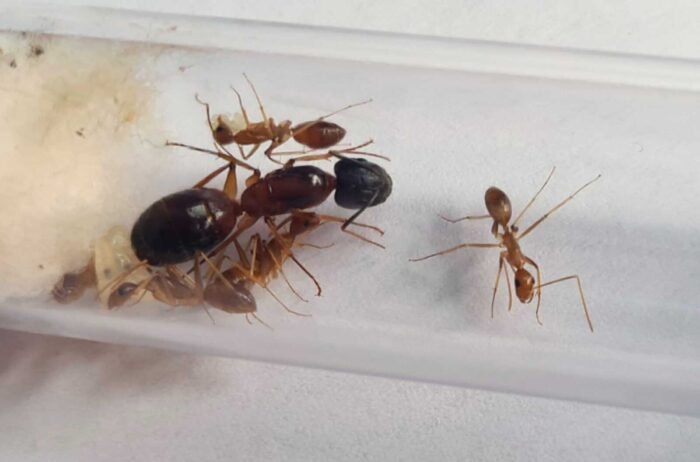
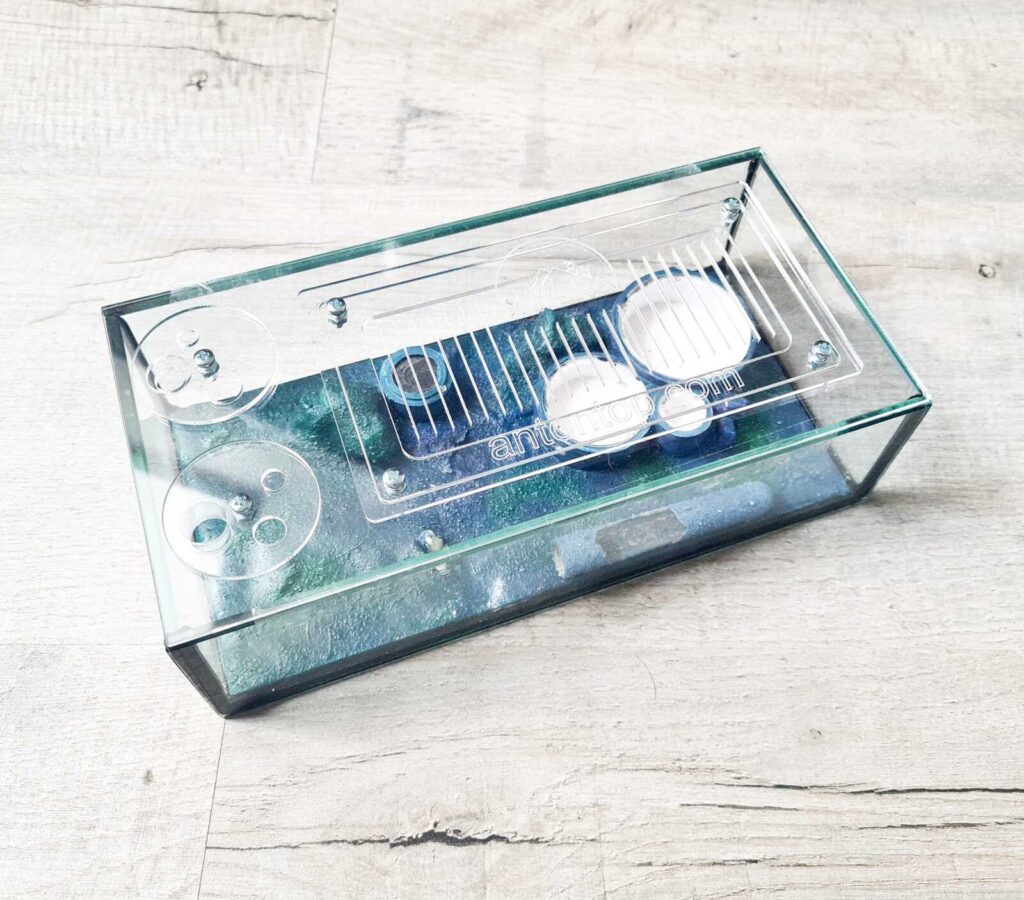
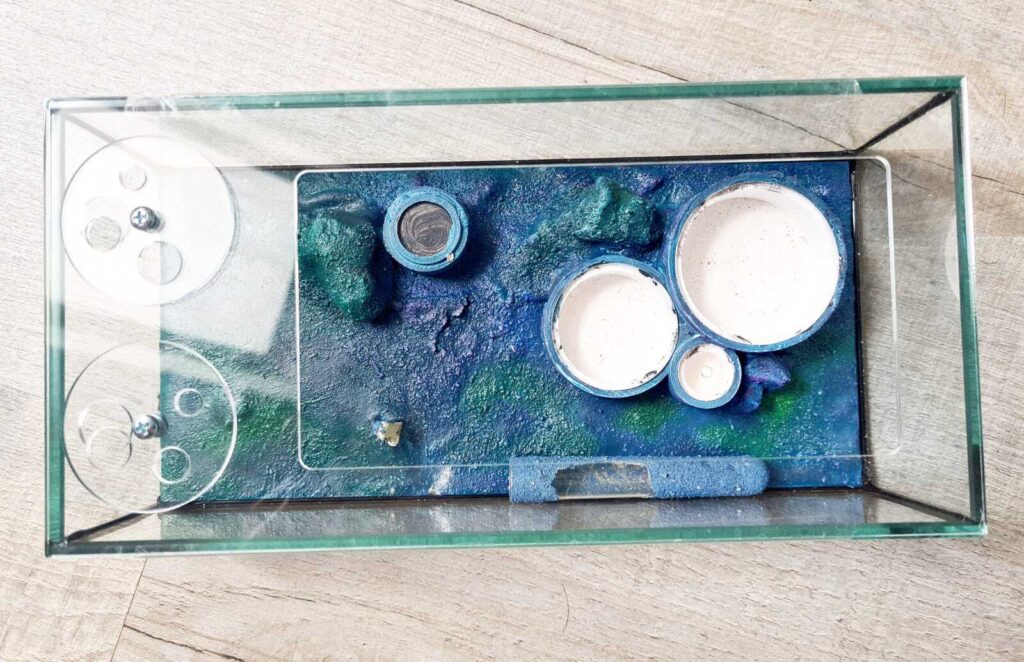
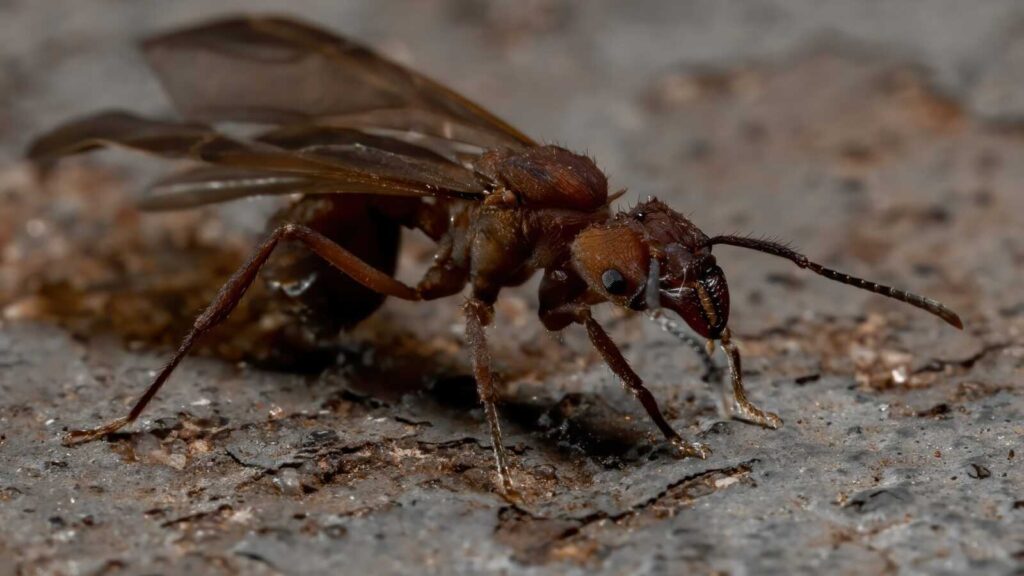
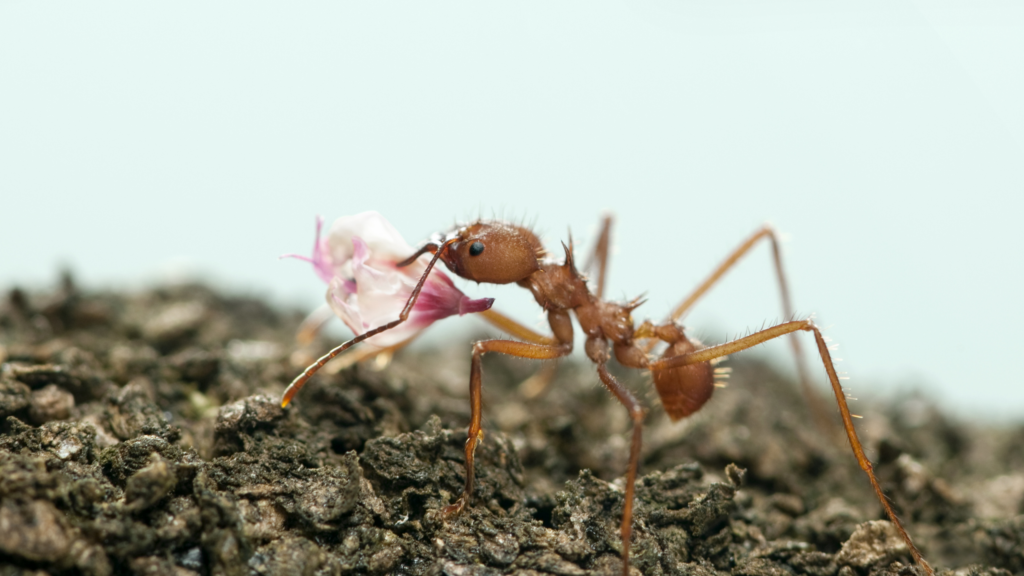
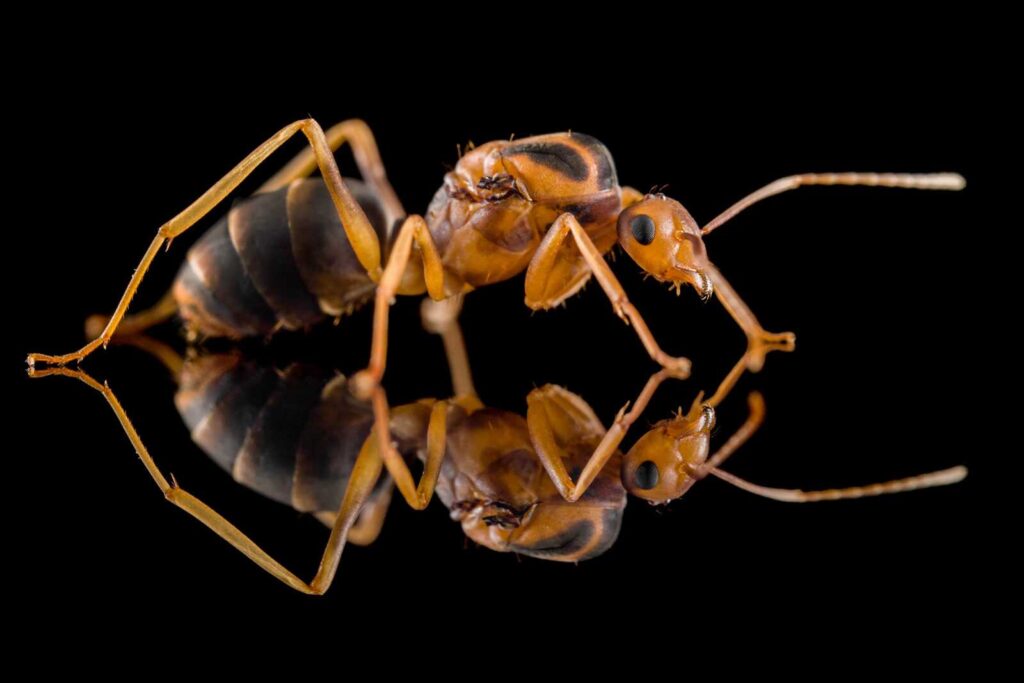
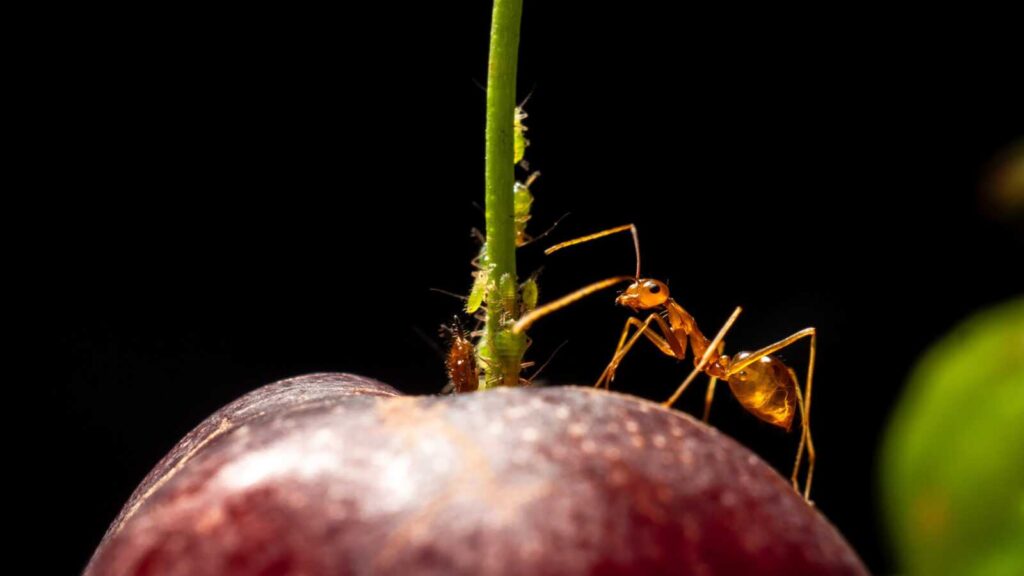
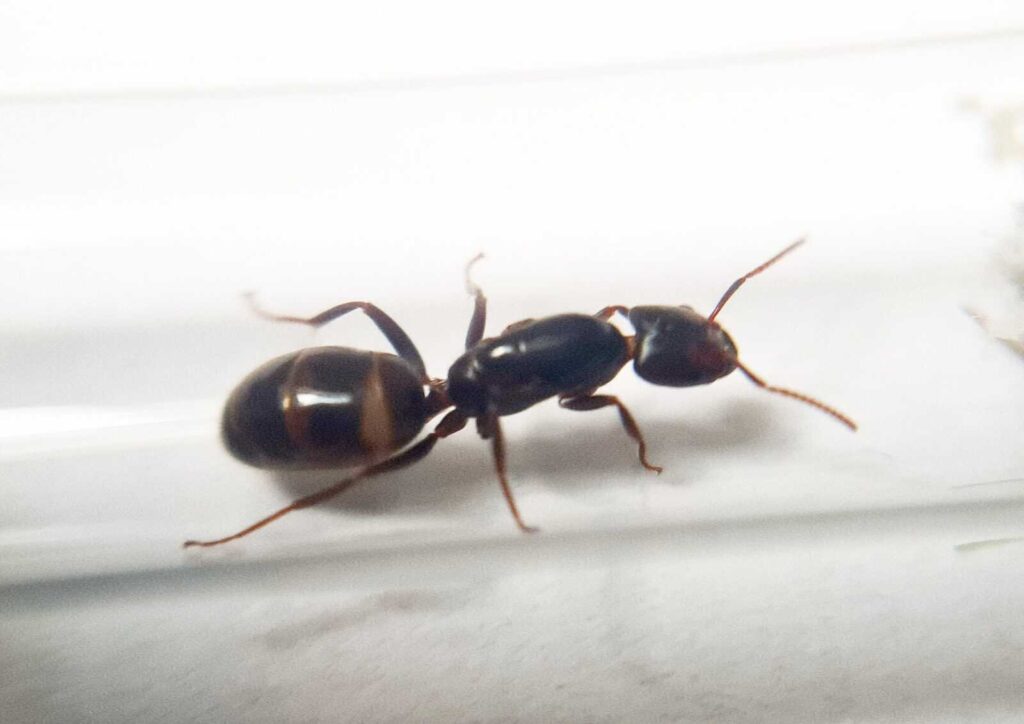
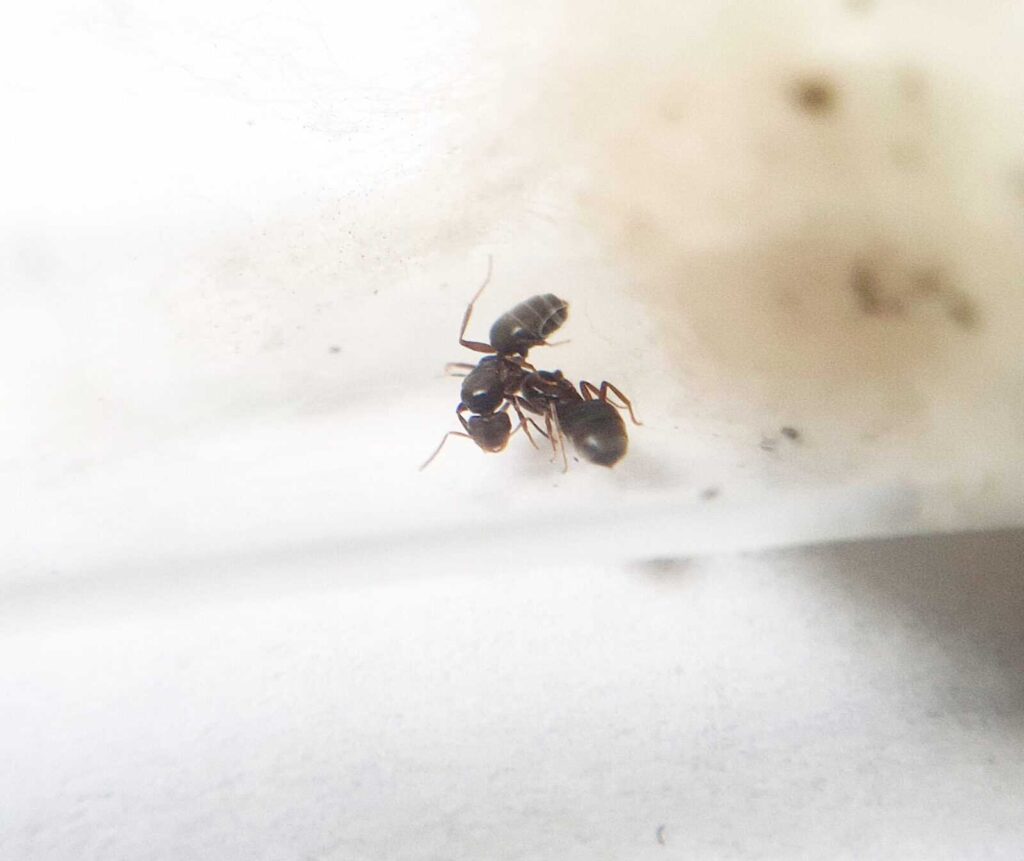
There are no reviews yet.